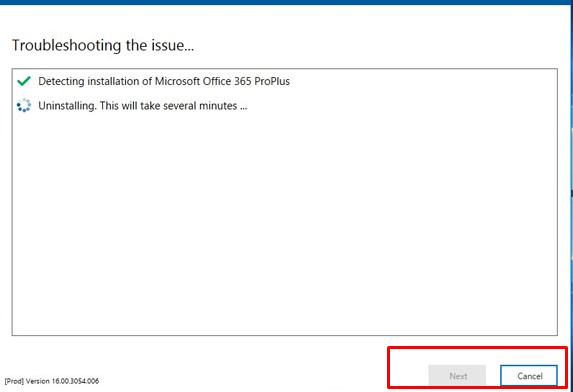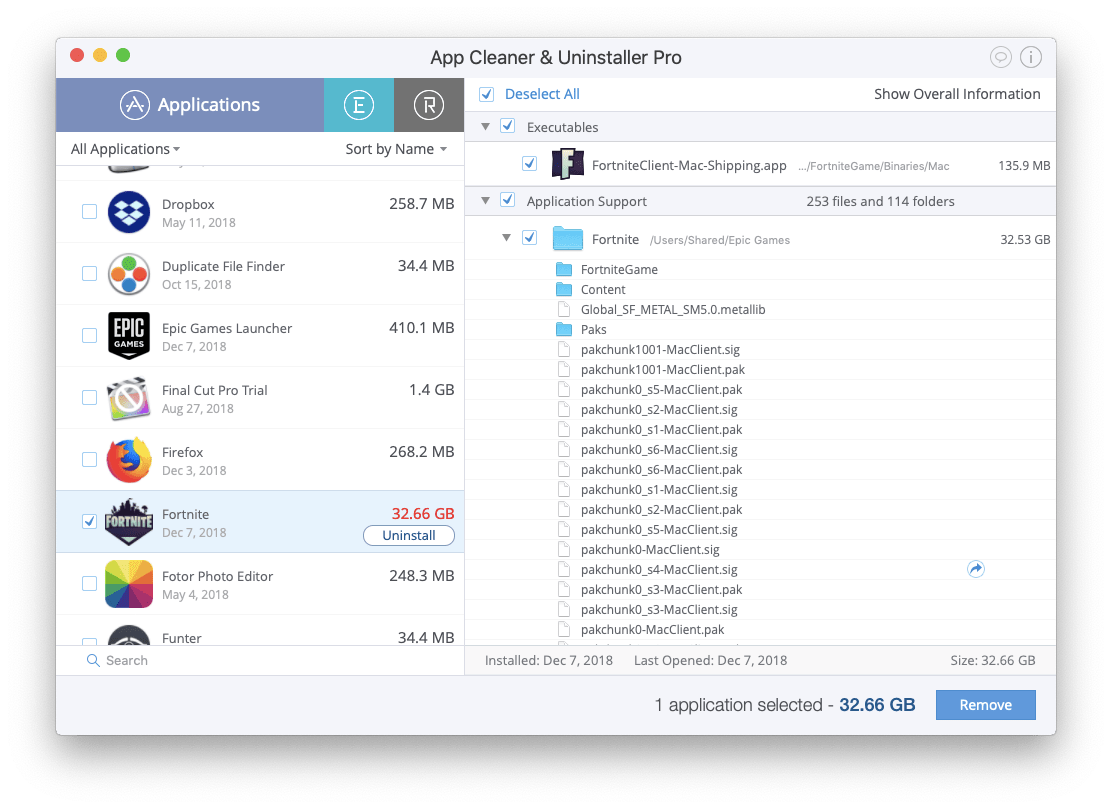

If you haven’t been using Outlook for a long time, we recommend that you don’t store it on your Mac computer. It should be noted that, although Outlook is popular, there are a ton of similar services on the market that are also more successful and more popular than this email client. With Outlook, you can coordinate events, create conferences, use other people’s calendars, and create meetings. The service also allows you to perform various other kinds of corporate tasks. Download and run the license removal tool.Microsoft Outlook allows you to work with corporate emails, create notes, filter them by attributes, save messages, and much more. If you have Office 365 for Business, chances are you can take advantage of the benefit of installing Office applications on up to five different computers. pkg file from your Mac's Downloads folder. Note: If you get an 'unidentified developer' error, try opening the file by holding Control +.

Remove Office for Mac applications Open Finder > Applications. It will be easy to remove the Office apps. Select Continue and follow the prompts in the setup wizard. Command COMMAND +click to select all of the Office for Mac applications. Select MS Office 2011 apps and move them to Trash. However, the uninstallation of MS Office 365 (2016) will be more complex. First you’ll need to remove the Office 365 apps from your Mac. For example, you might want to install Office 2016 on a PC you use at work, a laptop you use while traveling, and a Mac you use at home. You can follow these instructions for installing Office applications associated with your Office 365 for Business account, but what happens if you reach your maximum limit of five installs? You’ll see a warning telling you that your install limit has been reached. You can easily uninstall Office for Mac apps such as Word, Excel, PowerPoint, OneNote, and Outlook using these instructions. If it’s essential that you install Office on a sixth computer, you’ll need to deactivate one of your five to make room. You can follow the instructions in the video above, or: You must be signed in as an administrator on the Mac or provide an administrator name and password to complete these steps.Click your settings gear, and select Office 365 settings.



 0 kommentar(er)
0 kommentar(er)
